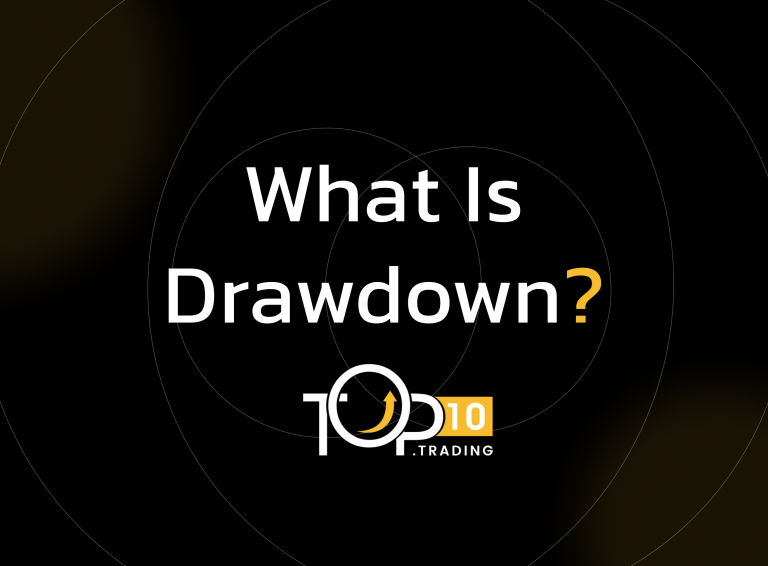Drawdown Definition

Drawdown refers to the decline in the value of an investment, trading account, or portfolio from its peak to its lowest point (trough) during a specific period. It is typically expressed as a percentage and is a key metric used to measure risk, volatility, and the performance of trading strategies or investments.
Key Takeaways
- Drawdown measures the decline in value from a peak to a trough during a specific period.
- It is expressed as a percentage and helps assess risk and volatility.
- Larger drawdowns require exponentially greater gains for recovery.
- Effective risk management techniques can help minimize drawdowns and protect capital.
- Maximum drawdowns are particularly important for evaluating long-term investment strategies.
How Drawdown Is Calculated
To calculate drawdown:

For example, if a trading account reaches a peak value of $20,000 and then drops to $18,000 before recovering, the drawdown is:

This means the account experienced a 10% drawdown during that period.
Types of Drawdowns
- Maximum Drawdown: The largest peak-to-trough decline over the life of an investment or trading account.
- Relative Drawdown: The percentage decline relative to the account's equity at the start of the period.
- Recovery Time: The time it takes for an investment or account to recover from a drawdown and return to its previous peak.
Why Drawdowns Matter
- Risk Assessment: Drawdowns help traders understand the downside risk of their strategies or investments.
- Performance Evaluation: They are used to compare the effectiveness of different trading systems or funds.
- Recovery Challenge: The larger the drawdown, the harder it is to recover. For example:
- A 10% drawdown requires an 11% gain to recover.
- A 50% drawdown requires a 100% gain to return to the peak.
How Drawdowns Impact Trading
- Emotional Stress: Large drawdowns can lead to emotional decision-making and loss of confidence in strategies.
- Capital Preservation: Managing drawdowns is crucial for long-term profitability and avoiding account depletion.
- Risk Management: Traders use tools like stop-loss orders, position sizing, and diversification to minimize drawdowns.
Example of a Drawdown
If an investor buys stock at $100 per share, and its price rises to $120 (peak), then falls to $90 (trough), the drawdown is:

This shows a 25% decline from the peak value.
Understanding drawdowns is essential for traders and investors aiming to manage risk effectively and maintain consistent performance in volatile markets.
